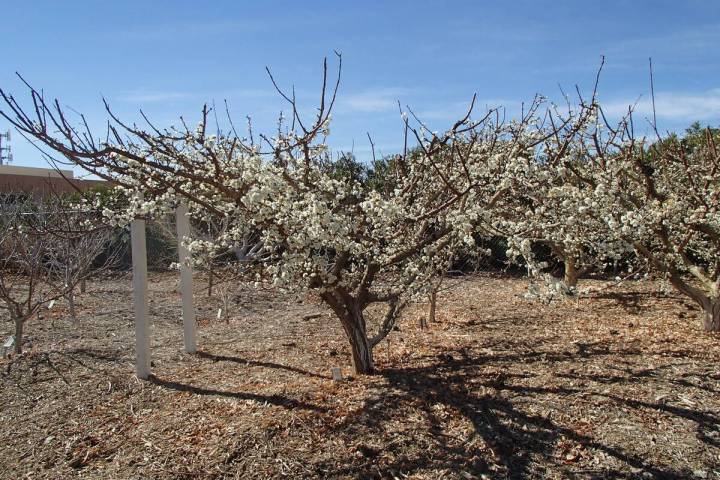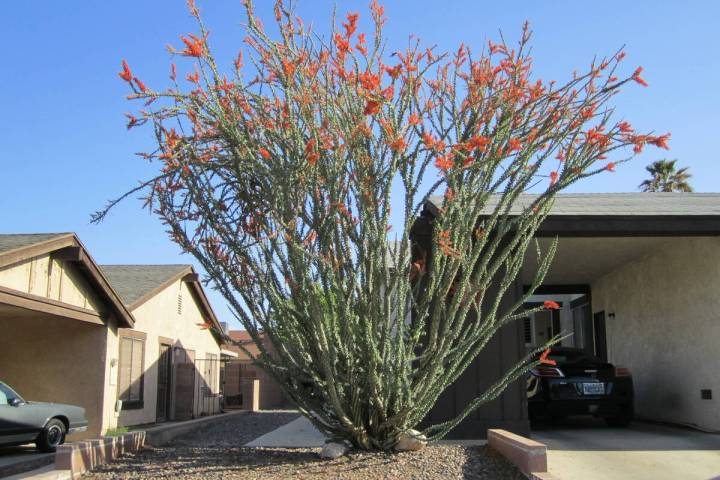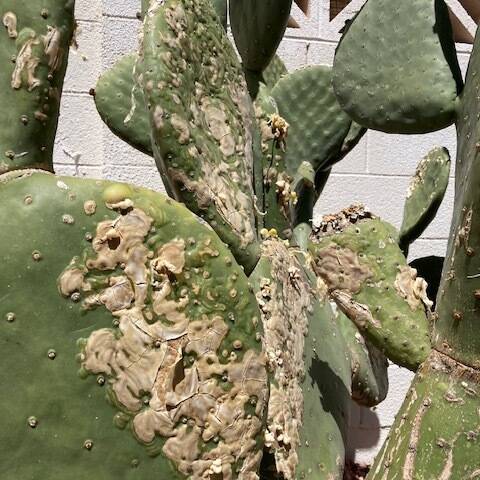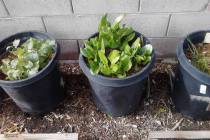Diseases are ready to spread any time the weather has been wet. Sometimes these diseases happen soon after it rains and sometimes months later.
- Home
- >> Local
- >> Local Columns
Bob Morris

Bob Morris is a horticulture expert living in Las Vegas and professor emeritus for the University of Nevada. Visit his blog at xtremehorticulture.blogspot.com. Send questions to Extremehort@aol.com.
Anything in flower is subject to fruit loss in Las Vegas all through January, February and the first two weeks of March.
Palm trees do not get borers or sunburned trunks. Borer damage doesn’t happen much probably because they are monocots.
Most tubers require about three months to fully mature and get some size, but you can start harvesting anytime after you see lots of flowers.
Many types of cacti have spines on the paddles to protect them from chewing-type predators like jackrabbits and desert cottontails. But insects can burrow in just under the skin.
Signs of plant disease are seeing the reason why the symptoms occurred in the first place. The reasons for leaf drop can be from many different signs.
Planting seeds during the heat requires that you visit your raised bed and check your seed (and new seedlings) at least twice a day — early morning and late afternoon. No need to keep the soil wet and soggy, but the seed should be swollen with water.
Dr. Sylvan Wittwer’s information on raised bed gardening stands the test of time. It is essential to use his recommended varieties but his recommendations on fertilizers and pesticides can be substituted for more organic forms if you prefer.
Lowering total landscape water use requires finding a balance between open areas that need no irrigation with areas that require irrigation.
Nitrogen causes stem growth as well as dark green leaf color. Adding only an iron fertilizer or chelate causes the new growth to become green but does not stimulate new growth that much.
New residents should plant older varieties that are known successes until they get the hang of growing vegetables in this climate.
When moving any kind of tree from one location to another, I recommend removing about one-quarter to one-third of the tree’s canopy to compensate for the loss of roots.
As soon as you plant your crepe myrtle, it will start straightening as it grows. The light will come at it from all different directions unlike in the nursery. When you plant it, plant it as straight as possible and let the plant figure it out with new growth.
A volunteer opportunity to plant shrubs and flowers around the Nevada Garden Clubs Center will be held March 4 starting at 7 a.m.
Cuttings from citrus trees should be cut slanted at the bottom and straight across at the top end. Cutting them slanted at the bottom end helps to not confuse the top from the bottom.






















